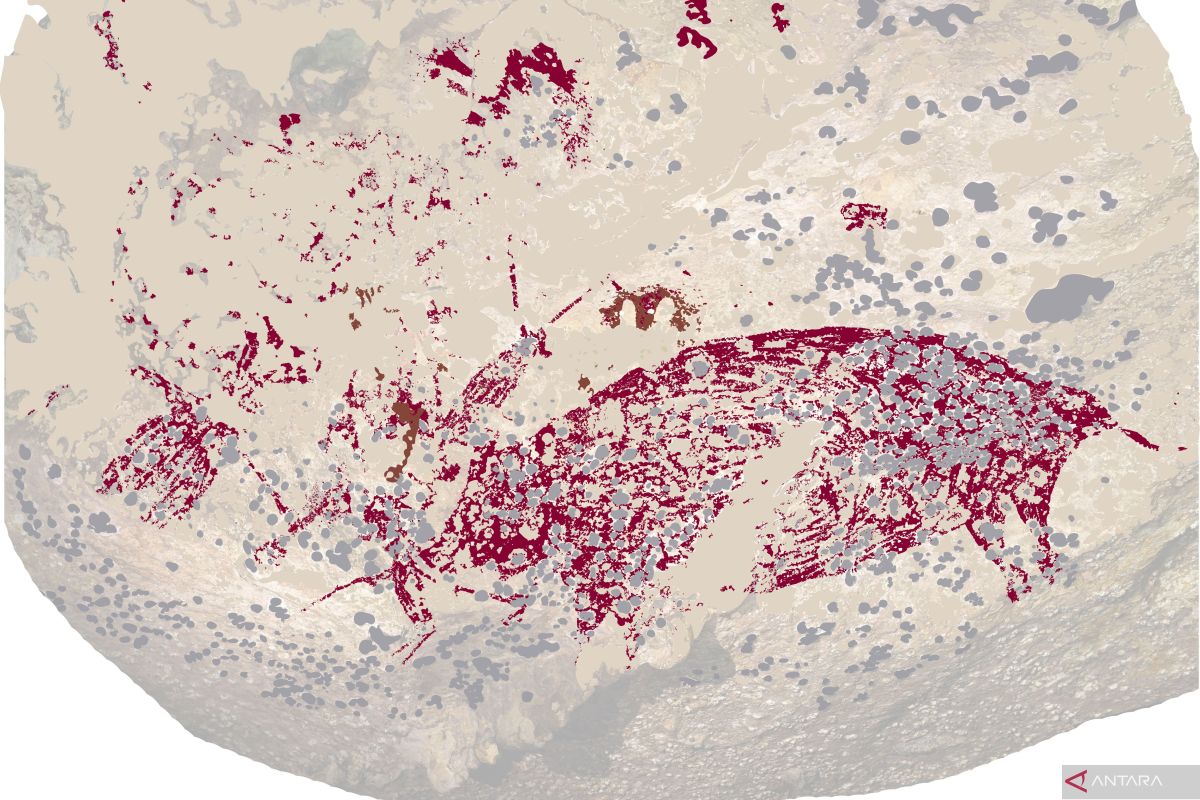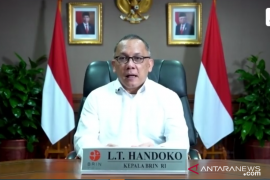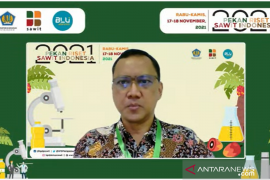The research team proved that the paintings, which show human-like figures interacting with anoa (Bubalus) and wild boar, are at least 51,200 years old.
"It is the first cave painting found in Indonesia whose age surpassed the 50 thousand-year mark," Adhi Agus Oktaviana, BRIN's co-chair of the research team, stated here on Thursday.
The paintings may have been an attempt to communicate the dangers of interacting with anoa and the need to hunt them in a group, he said, adding that they may have also held spiritual significance.
Hence, the finding has a significant implication for Indonesia's early art history and, in a much more general sense, on human understanding of the origin of arts.
"In principle, even more than 51,200 years ago, humans were already capable of communicating by conveying stories. However, as words are not preserved like fossils, only the painting art remains," the BRIN researcher said.
"The finding in Sulawesi is the earliest proof (of cave painting) in an archaeological sense," he added.
Oktaviana highlighted the need to study cave paintings to enhance knowledge of the civilization and migration of early humans. It is also comparably more affordable than carrying out excavations at a target site.
Meanwhile, the LA-U-series laser ablation installation operated by Griffith University was used to detect the carbonate calcium layer in the cave paintings for accurate dating, he said.
The findings have also been published in the science journal Nature, the BRIN researcher informed.
Responding to the findings, BRIN chairperson Laksana Tri Handoko said that they showed Indonesian archaeologists' determination to study and find out more about the ancestors of the Indonesian nation.
"Indonesia has an abundance of artifacts that are not merely artifacts but also authentic proofs of the abundance of our culture and civilization," Handoko added.
Related news: President Jokowi praises beauty of Labuan Bajo's Batu Cermin Cave
Related news: Optimizing tourism potential of Papua's Japanese Cave
Related news: The allure of Istana Ular Cave
Translator: Sean Filo Muhamad, Nabil Ihsan
Editor: Azis Kurmala
Copyright © ANTARA 2024












